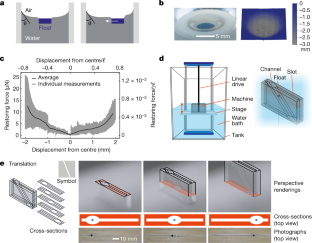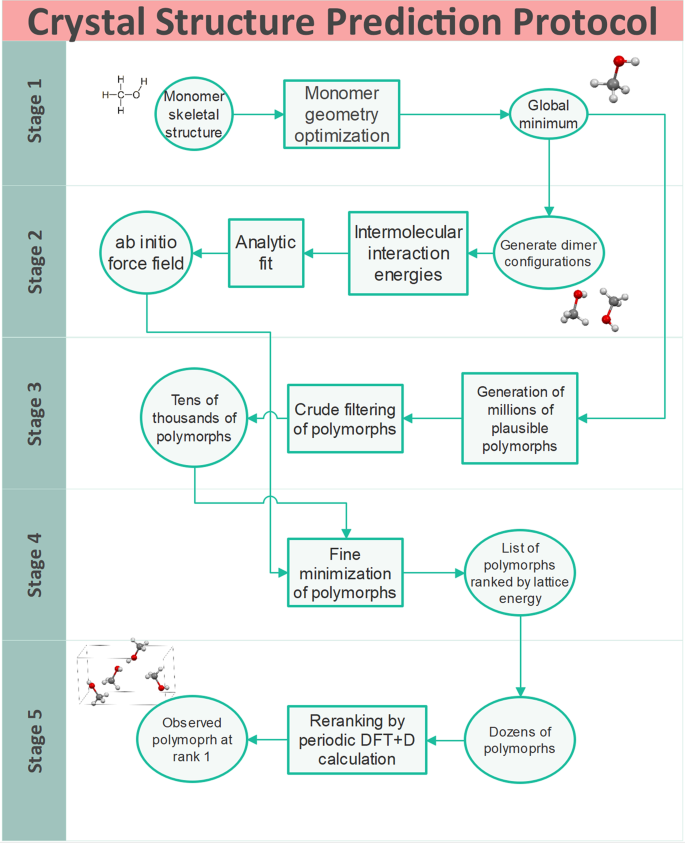水槽の中に3Dプリントした装置でナノワイヤーを編み込み、微粒子を移動させる A 3D-printed device in a tank of water braids nanowires and moves microparticles
2022-10-26 ハーバード大学
機械は3Dプリントされたプラスチックの長方形で、昔の任天堂のカートリッジくらいの大きさです。内部には、交差するチャネルが刻まれている。各チャンネルは、川のように広い部分と狭い部分があり、ある部分は広がり、ある部分は狭くなっている。水路の壁は親水性、つまり水を引き寄せる性質を持っている。
この装置を水に浸し、ミリメートル大のプラスチック製の浮きを水路に入れると、水の表面張力で壁が浮きをはじくことが、シミュレーションと実験の結果分かった。浮き輪が水路の狭い部分にあると、広い部分に移動して、できるだけ壁から離れたところに浮くことができた。
次に研究者たちは、浮き輪そのものをミクロにできることを示した。彼らは、10マイクロメートルの大きさのコロイド粒子を捕捉して動かすことのできる機械を作ったのだ–機械が1000倍大きいにもかかわらず、である。
<関連情報>
- https://www.seas.harvard.edu/news/2022/10/simple-machine-may-pave-way-more-powerful-cell-phones-and-wifi
- https://www.nature.com/articles/s41586-022-05234-7
毛細管現象を利用して微細な物体を操作する3Dプリンティングマシン 3D-printed machines that manipulate microscopic objects using capillary forces
Cheng Zeng,Maya Winters Faaborg,Ahmed Sherif,Martin J. Falk,Rozhin Hajian,Ming Xiao,Kara Hartig,Yohai Bar-Sinai,Michael P. Brenner & Vinothan N. Manoharan
Nature Published:26 October 2022
DOI:https://doi.org/10.1038/s41586-022-05234-7

Abstract
Objects that deform a liquid interface are subject to capillary forces, which can be harnessed to assemble the objects1,2,3,4. Once assembled, such structures are generally static. Here we dynamically modulate these forces to move objects in programmable two-dimensional patterns. We 3D-print devices containing channels that trap floating objects using repulsive capillary forces5,6, then move these devices vertically in a water bath. Because the channel cross-sections vary with height, the trapped objects can be steered in two dimensions. The device and interface therefore constitute a simple machine that converts vertical to lateral motion. We design machines that translate, rotate and separate multiple floating objects and that do work on submerged objects through cyclic vertical motion. We combine these elementary machines to make centimetre-scale compound machines that braid micrometre-scale filaments into prescribed topologies, including non-repeating braids. Capillary machines are distinct from mechanical, optical or fluidic micromanipulators in that a meniscus links the object to the machine. Therefore, the channel shapes need only be controlled on the scale of the capillary length (a few millimetres), even when the objects are microscopic. Consequently, such machines can be built quickly and inexpensively. This approach could be used to manipulate micrometre-scale particles or to braid microwires for high-frequency electronics.



